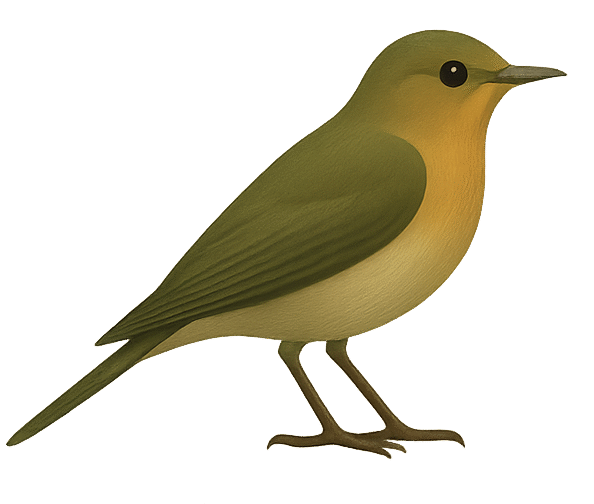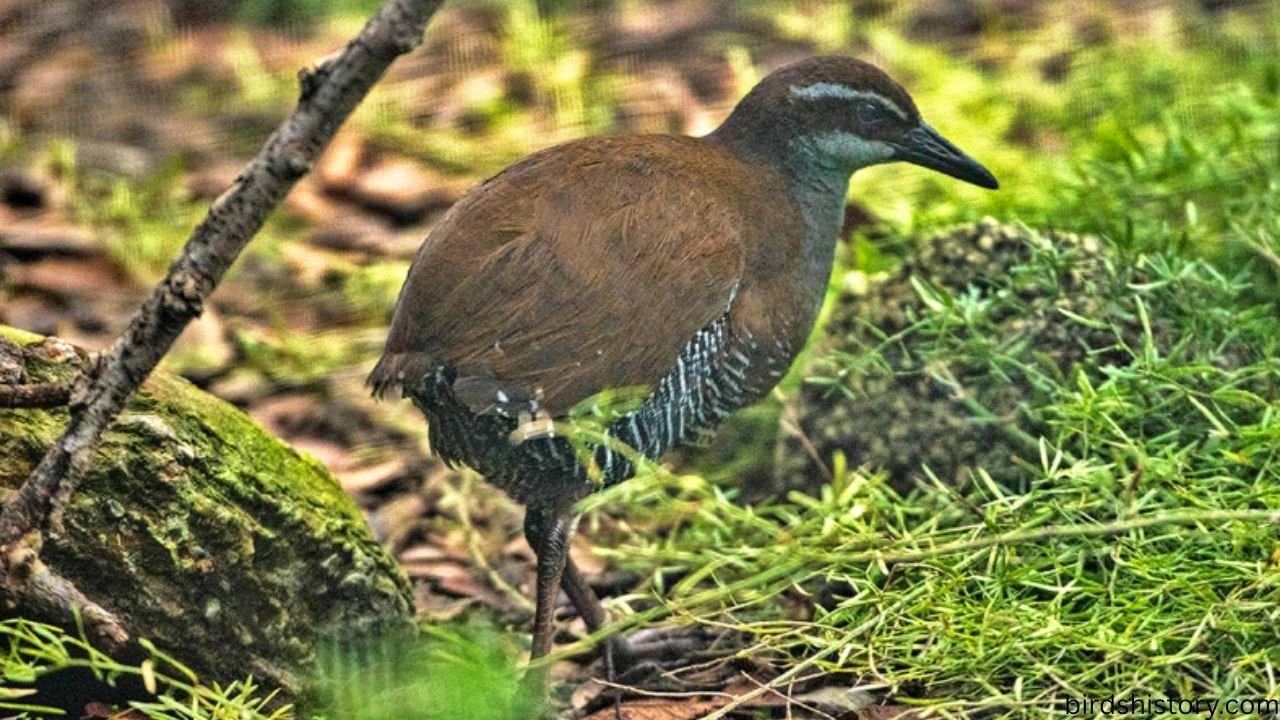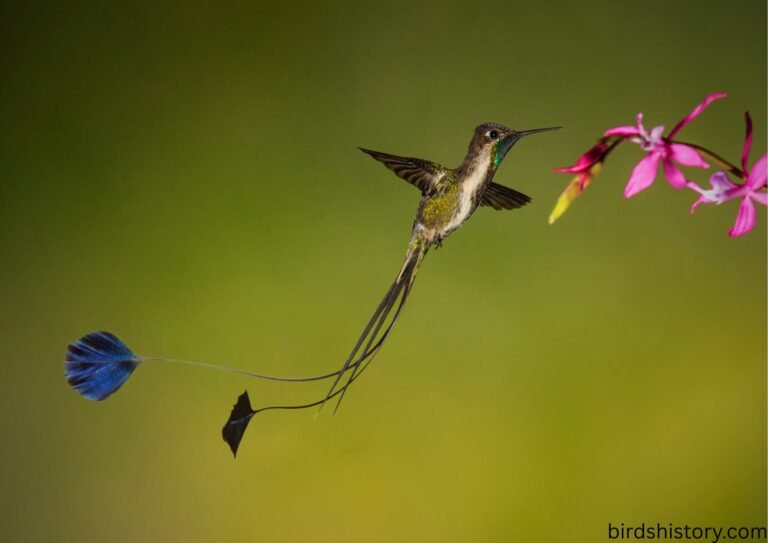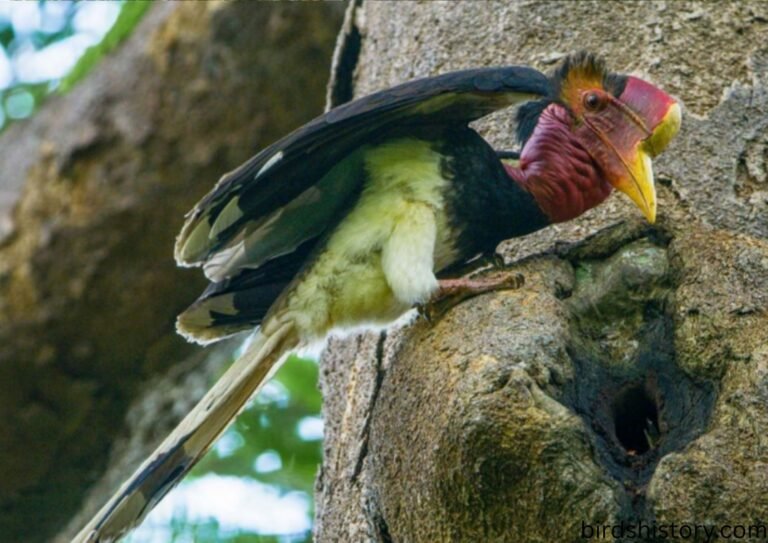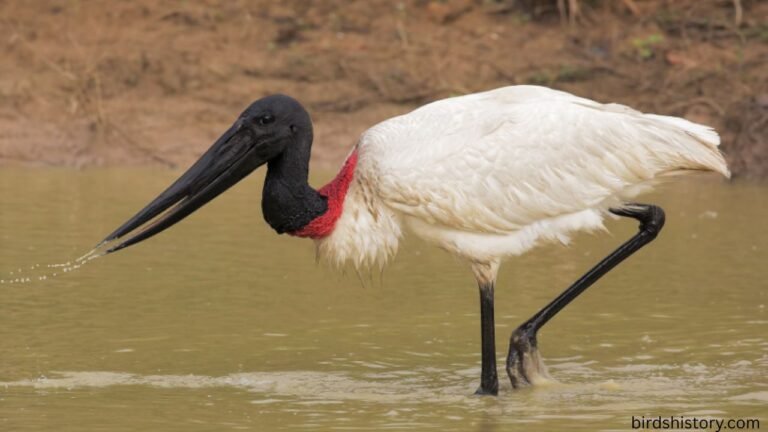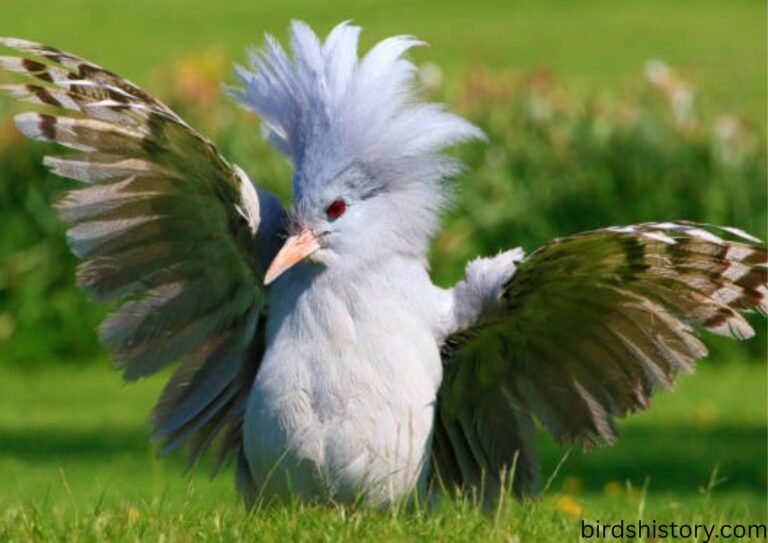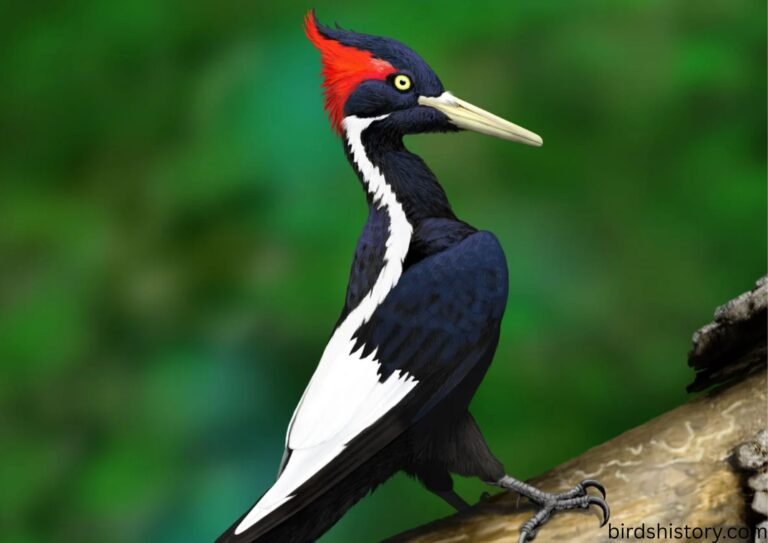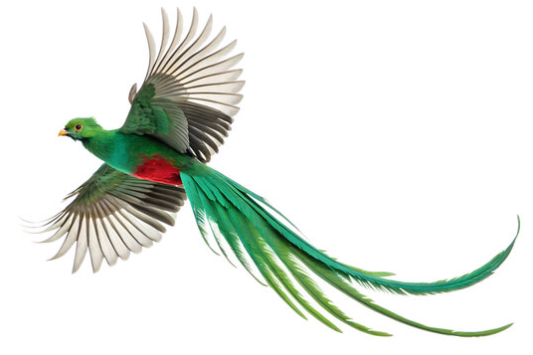Guam Rail: The Flightless Survivor of the Pacific
The Guam Rail, locally known as the Ko’ko bird, is one of the most remarkable conservation success stories of modern times. Once widespread across the island of Guam, this small, secretive bird almost disappeared entirely in the 20th century due to invasive predators. For decades, it survived only in captivity, making it one of the rarest birds in the world.
The resilience of the Guam Rail is what makes it such a fascinating creature. Though it cannot fly, it has adapted well to running through thick vegetation and avoiding threats on the ground. Even more incredible, thanks to captive breeding and reintroduction programs, the Guam Rail became the second bird species in history to recover from extinction in the wild.
A fun fact? This little rail is so fast on its feet that locals often describe it as a “road runner of Guam.” Its survival story is proof that with dedication, science, and community support, even species on the brink of extinction can make a comeback.
Taxonomy / Classification
Here’s how the Guam Rail fits into the avian family tree:
- Common Name: Guam Rail, Ko’ko bird
- Scientific Name: Hypotaenidia owstoni (formerly Gallirallus owstoni)
- Family: Rallidae (Rails, crakes, and coots)
- Order: Gruiformes
- Class: Aves
Also read: /white-headed-steamer-duck/
It was first described scientifically in the late 19th century and named after Alan Owston, a British naturalist who collected specimens in the Pacific.
Physical Description
The Guam Rail is small but sturdy, with a body built for life on the ground rather than in the air.
- Size: About 28–32 cm (11–13 inches) long
- Weight: Around 200–350 grams (7–12 ounces)
- Plumage:
- Brown upperparts
- Bold black-and-white barring on belly and flanks
- Gray breast and throat
- Beak: Short, slightly curved, and brownish-red in color
- Due to their short, rounded wings, they are unable to fly.
- Legs: Long, slender, and strong, adapted for running quickly through vegetation
- Tail: Very short
Male vs. Female: Both sexes look similar, though males tend to be slightly larger.
Unique Trait: Despite being flightless, the Guam Rail is an excellent runner, able to dart quickly through thick vegetation to escape threats.
Habitat and Range
- Historic Range: Once common throughout the island of Guam in the western Pacific Ocean.
- Current Range:
- Extinct in the wild on Guam itself.
- There are now reintroduced populations on the nearby islands of Rota in the Northern Mariana Islands and Cocos Island, which is located just off the southern coast of Guam.
- Preferred Habitat:
- Grasslands
- Scrublands
- Thickets near wetlands or forests
- Edges of agricultural fields
Because it is flightless, the Guam Rail prefers areas with dense cover where it can hide from predators. Unlike migratory birds, it is sedentary, staying close to its established territory.
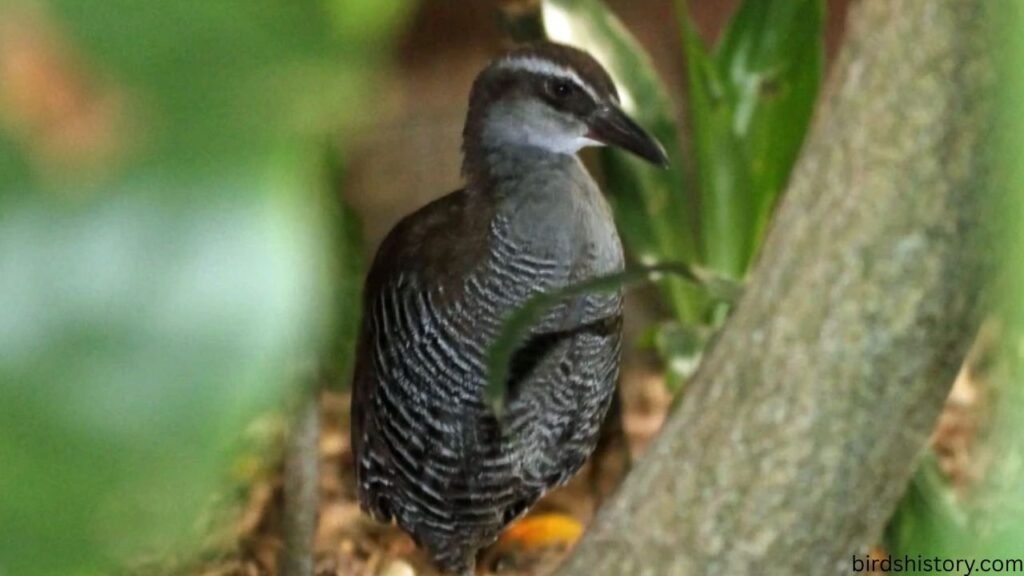
Diet and Feeding Habits
The Guam Rail is an omnivore, feeding on a variety of food items it finds on the ground.
- Diet Includes:
- Insects, snails, slugs, and earthworms
- Lizards and small vertebrates
- Seeds, grasses, and fruits
- Foraging Behavior:
- Probes soil and leaf litter with its bill.
- Hunts small animals by darting quickly and seizing them.
- Often forages at dawn and dusk when it is less exposed to predators.
Its ability to eat both plants and animals makes it an adaptable species, able to survive in a variety of habitats.
Behavior and Lifestyle
The Guam Rail’s lifestyle is shaped by its flightlessness and secretive nature.
- Social Behavior: Usually solitary or in pairs, except during breeding.
- Movement: Runs swiftly rather than flying.
- Territoriality: Defends small territories with warning calls and posturing.
- Vocalizations:
- Harsh calls and clucking sounds.
- Vocal duets between pairs help strengthen pair bonds.
- Mating Rituals: Males often present food items or perform courtship displays by fluffing feathers and circling the female.
Because it is difficult to see in the wild, much of what is known about its behavior comes from captive populations.
Reproduction and Lifespan
- Breeding Season: Typically year-round in captivity, but in the wild, it aligns with rainy seasons when food is plentiful.
- Nesting:
- Nests are built in grass clumps or thickets, hidden from view.
- Made of leaves, grass, and twigs.
- Eggs:
- Clutch size: 2–4 eggs.
- Eggs are cream-colored with brown speckles.
- Incubation: About 19–21 days, shared by both parents.
- Chick Care:
- Freshly hatched chicks are covered in black downy feathers and are able to move around on their own almost immediately after hatching.
- Hatched chicks are born with black down and can move about on their own right away.
- Lifespan: Around 5–9 years in the wild, but can live longer in captivity.
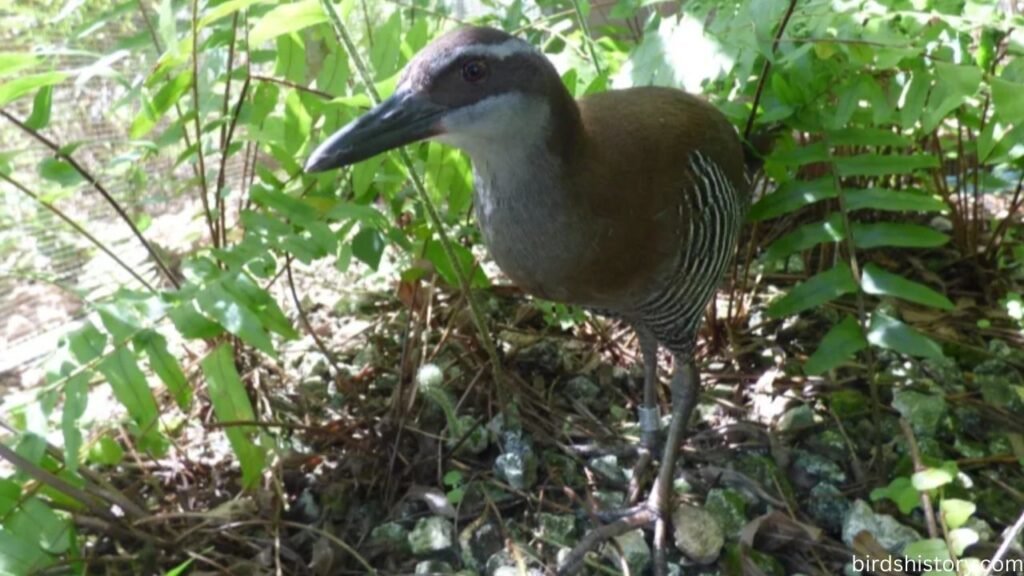
Predators and Threats
The Guam Rail’s decline is a classic example of how introduced predators devastate island wildlife.
- Natural Predators: Historically few, as Guam had no native mammalian predators.
- Introduced Predators:
- Brown tree snake (Boiga irregularis): the primary cause of extinction in the wild.
- Feral cats, dogs, and rats.
- Environmental Threats:
- Habitat destruction from agriculture and urban development.
- Climate change, which may affect food sources and nesting success.
The brown tree snake, introduced to Guam in the 1940s, single-handedly wiped out most of Guam’s native birds, including the Guam Rail.
Conservation Status
- IUCN’s Red List previously classified the species as “Extinct in the Wild” on Guam, but it is now categorized as Endangered because of successful reintroduction efforts.
- Population:
- By the 1980s, fewer than 21 individuals remained in captivity.
- Today, thanks to captive breeding, several hundred Guam Rails exist across breeding centers and reintroduction sites.
- Conservation Efforts:
- Captive breeding programs in Guam and U.S. zoos.
- Reintroduction to predator-free islands like Rota and Cocos Island.
- Ongoing snake control programs on Guam.
- Education campaigns in Guam highlighting the cultural significance of the Ko’ko bird.
The Guam Rail is a global symbol of conservation success, showing how coordinated international efforts can save species from extinction.
Interesting Facts
- Second Bird Ever Saved from Extinction in the Wild: After the California Condor, the Guam Rail is the only other bird species to return from complete extinction in the wild.
- In the indigenous language of Guam, Chamorro, it is known as the Ko’ko.
- Flightless but Fast: Though it cannot fly, it can sprint quickly through dense cover to avoid threats.
- The Guam Rail holds a significant place in the local culture, appearing in festivals and serving as a symbol for the island’s conservation efforts.
- Rare Sight: Even in reintroduction areas, the Guam Rail is extremely shy and difficult to spot.
Conclusion
The Guam Rail is not just another rare bird — it is a living example of hope. Once written off as extinct in the wild, it has made an incredible comeback thanks to captive breeding and reintroduction programs. While challenges remain, particularly the ongoing threat of brown tree snakes, the bird’s survival story shows what humans can achieve when science, conservation, and cultural pride work together.
This small, flightless bird of the Pacific has become a symbol of resilience, reminding us that even when species are pushed to the edge, recovery is possible with determination and care.
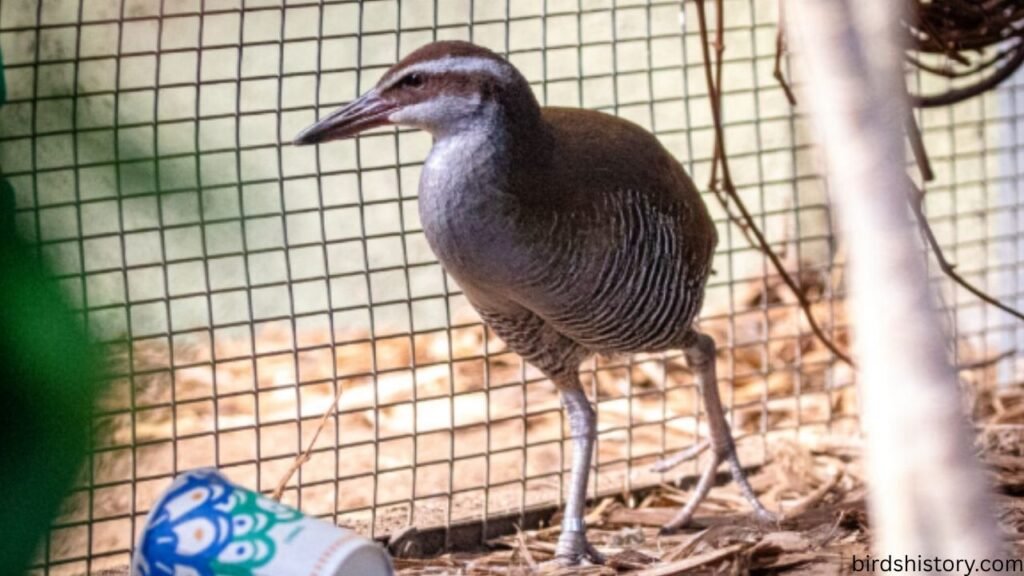
FAQs
1. Why is the Guam Rail flightless?
It evolved on Guam without mammalian predators, losing the need to fly.
2. What caused the Guam Rail’s decline?
The introduction of the brown tree snake, which preyed on adults, chicks, and eggs.
3. Is the Guam Rail extinct?
Although the species no longer exists in its native habitat on Guam, it continues to survive in captivity and on islands where it has been successfully reintroduced.
4. How big is the Guam Rail?
About 28–32 cm long and weighing 200–350 grams.
5. What does the Guam Rail eat?
It feeds on insects, snails, lizards, seeds, and fruits.
6. How many Guam Rails are left today?
The species’ population numbers in the hundreds, with individuals residing in captive breeding programs and at reintroduction sites.
7. Where can you see a Guam Rail?
On Rota Island and Cocos Island, and in zoos participating in the breeding program.
8. What is its cultural name?
It is called the Ko’ko bird in the Chamorro language.
9. How long do they live?
5–9 years in the wild, longer in captivity.
10. Why is the Guam Rail important?
It represents a rare success in conservation and highlights the importance of protecting island ecosystems.
